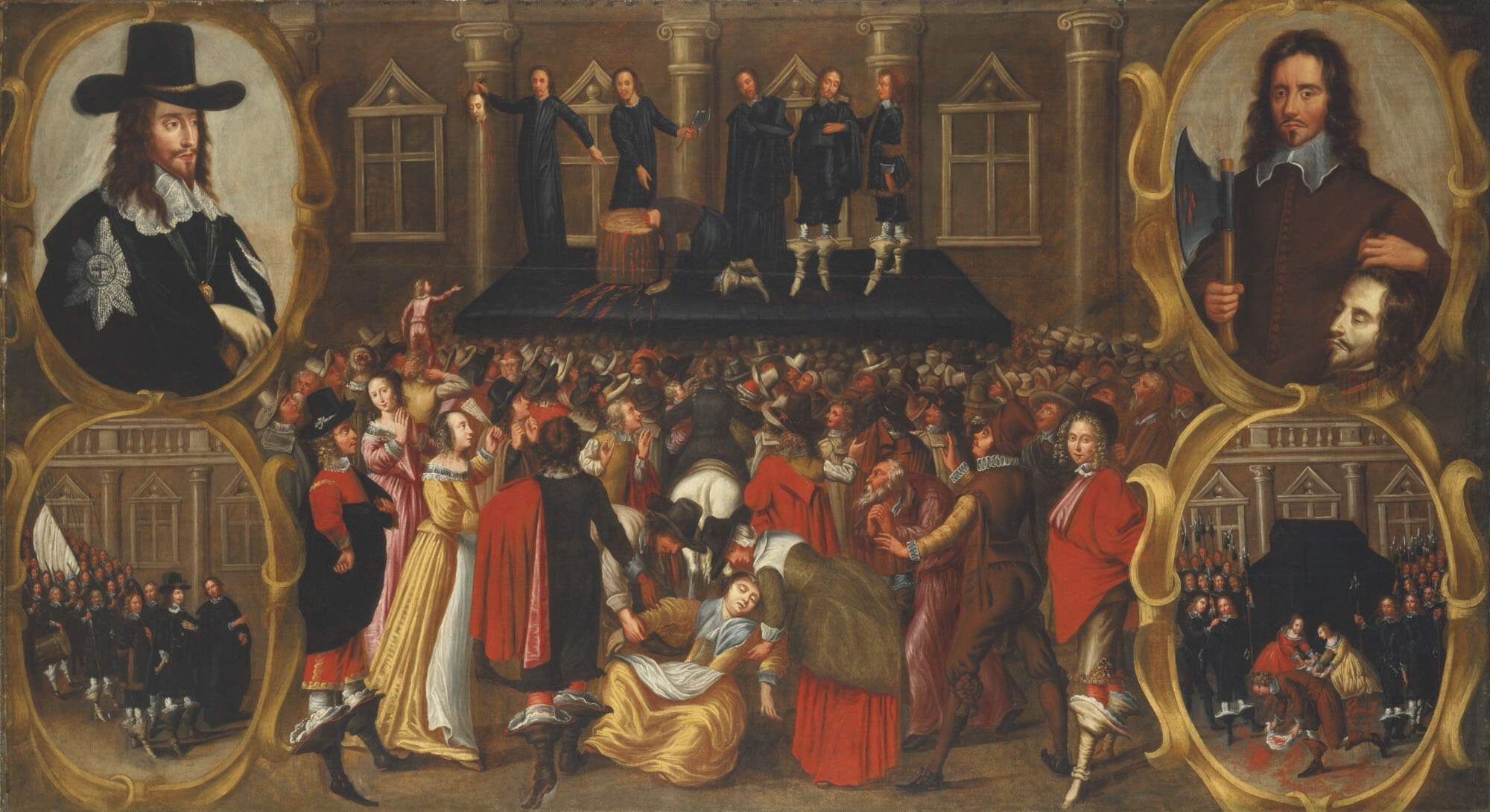Oliver Cromwell has the rare distinction of being both buried with honors after dying of natural causes then dug up to be executed for treason after death and burial.
How can someone already dead be executed?
Simple!
Cromwell was arguably English History’s only classic dictator. Among his colleagues, he was a military genius who was named England’s protector for life. The trouble with this narrative is it’s an anti-monarchy story. For a handful of years in the mid 17th century, England was ruled by someone other than a monarch in the English line of procession. King Charles I became an ordinary man!
England’s Civil War
By the beginning of the 17th century, the British Isles had consolidated into Three Kingdoms, each of which had ruling families. These kingdoms were England, Scotland, and Ireland. While most of Europe was either Catholic or Protestant, some residents began understanding Enlightenment ideals like self-rule by a parliament independent of a monarch. In the early 1640s, Cromwell emerged as the leader of the Parliamentarians (known as “Roundheads”) who wanted to overthrow King Charles I. This group fought military battles against the Royalists (known as the “Cavaliers”).
In the end, Cromwell and the Roundheads won. The new government was created to run the Three Kingdoms under a united ruler who was Cromwell. His Commonwealth of England arrested and executed King Charles I.
When the Royalists regained power and Charles II took the throne, a lot of powerful people wanted an example made out of him and didn’t let the fact that he was dead stop them. So they decided to hold a ritual execution of Cromwell, just to make sure people knew how upset they were at him.
They dug up his body, hung it in chains, threw it in a pit, and then beheaded it. His head was then displayed on a pole at Westminster Hall for the next 24 years. After that, his head passed into the possession of a variety of private collectors until it was finally reburied at Sidney Sussex College in Cambridge.

